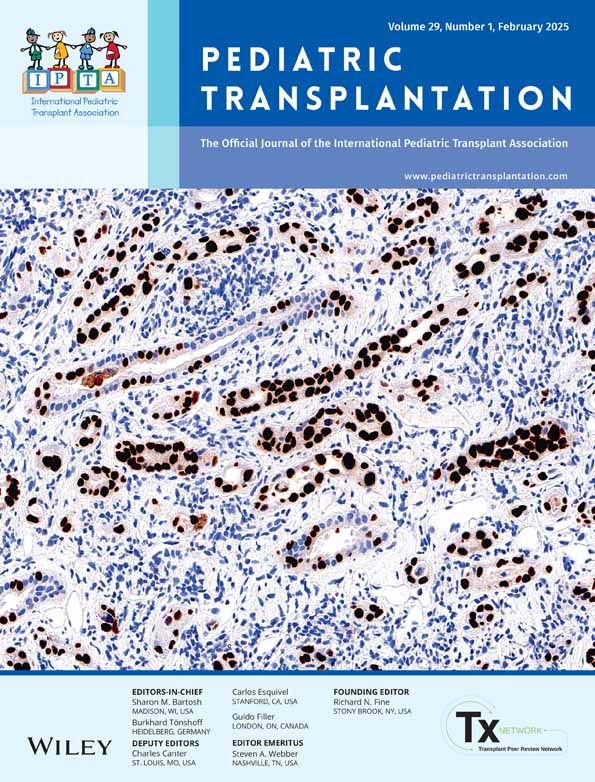It's Getting Better All the Time: Decreased Cumulative Incidence of Waitlist Mortality in Pediatric Candidates Following 2018 Heart Allocation Policy Change
Funding: This work was supported by grant numbers K24AI144954 (Segev), R01HL169798 (Gentry), T32CA193111 (Donnelly), F32AG082486 (Long), and F32DK136310 (Liyanage). The analyses described here are the responsibility of the authors alone and do not necessarily reflect the views or policies of the Department of Health and Human Services, nor does mention of trade names, commercial products or organizations imply endorsement by the US Government.
ABSTRACT
Purpose
In October 2018, the OPTN changed adult heart transplant (HT) allocation policy, increasing the number of adult candidates that had higher priority than pediatric candidates, potentially disadvantaging pediatric waitlist registrants.
Methods
To understand the impact of this policy change, we used SRTR data to identify 1469 pre-policy (7/2016–9/2018) and 2901 (10/2018–12/2022) post-policy pediatric (< 18 years) HT registrants. We quantified mortality and transplant risks using weighted cause-specific hazard models, and then using weighted competing risks regression. We further stratified these analyses by age to understand risks for those in direct competition with adults for organs (≥ 12 years).
Results
Post-policy, patients were more likely to need VAD prior to HT. There were no changes in post-policy access to HT (weighted hazard ratio [wHR] = 0.96 1.03 1.11, p = 0.43). Mortality risk censoring for transplantation declined by 20% post-policy (wHR = 0.64 0.80 1.02, p = 0.05). When accounting for competing risks of transplantation, post policy, mortality decreased by 24% compared to pre-policy (weighted subdistribution HR [wSHR] = 0.61 0.76 0.94, p = 0.02). Post policy, 1-year transplant rate did not change in those < 12years (68.2%–71.0%, p = 0.77), but in those ≥ 12years, transplant rate increased (77.3%–81.0%, p = 0.003).
Conclusions
Mortality on the waitlist decreased and access to HT for pediatric registrants did not decline following the 2018 policy change. The decreased mortality rate may reflect changes in patient casemix and/or improved patient care. Continued surveillance is important in ensuring equity in pediatric, and adult, HT.
Conflicts of Interest
The authors declare no conflicts of interest.
Open Research
Data Availability Statement
This study used data from the Scientific Registry of Transplant Recipients (SRTR). The SRTR data system includes data on all donors, waitlisted candidates, and transplant recipients in the US, submitted by the members of the Organ Procurement and Transplantation Network (OPTN). The Health Resources and Services Administration (HRSA), U.S. Department of Health and Human Services provides oversight to the activities of the OPTN and SRTR contractors.




